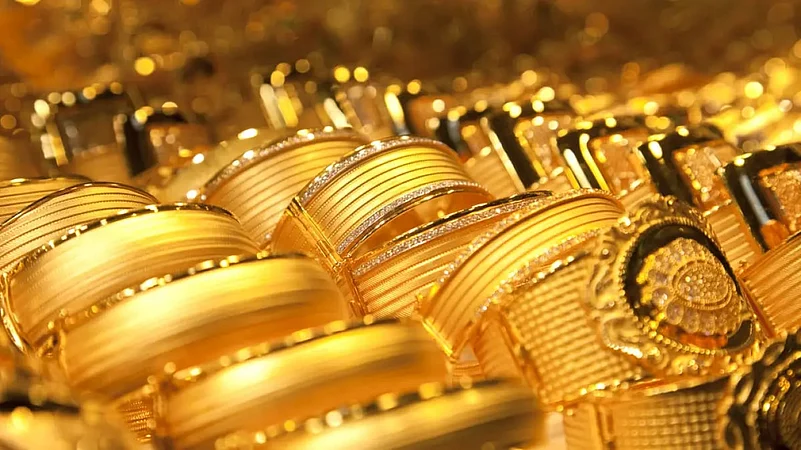Starting this month, the rules for gold hallmarking have changed in the country. According to the latest notification issued by the Bureau of Indian Standards (BIS), now jewellers can only sell hallmarked gold jewellery in India, irrespective of its purity.
Hallmarks are official marks used in India to ensure the purity or fineness of precious metal articles. According to Renisha Chainani, head of research at Augmont, a gold and silver refinery company, hallmarking of gold jewellery/artefacts enhances the credibility and leads to customer satisfaction regarding the purity. It is an important step towards consumer protection, she adds.
Here are five frequently asked questions (FAQs) about gold hallmarking.
Is gold hallmarking mandatory?
Gold hallmarking was not mandatory until June 16, 2021. In the first phase, 256 districts in the country were covered, with effect from June 23, 2021, and over 3 lakh gold objects were hallmarked. Gold hallmarking was permitted for six purity levels: 14 karats (KT), 18KT, 20KT, 22KT, 23KT and 24KT. All jewellery has to be hallmarked now.
Is all jewellery hallmarked?
Gold objects weighing less than 2 grams such as a ring may not be hallmarked. Kundan/polki jewellery are also excluded from the BIS hallmarking programme.
In such cases, jewellers must include a description of the jewellery as well as the fact that it is not hallmarked on the invoice.
BIS announced in a notification dated April 4, 2022, that the second phase of mandatory hallmarking of gold jewellery and artefacts will begin on June 1, 2022, with 32 more districts added and all gold jewellery items, regardless of caratage, required to be hallmarked. On the jewellery invoice it has to be specified whether it is hallmarked or not.
How do you check hallmarking?
According to gold experts, one should check the BIS hallmark before buying physical gold. The hallmark is composed of three symbols that provide information. The first symbol is the BIS logo, the second sign represents purity and fineness, and the third symbol is a six-digit alphanumeric code (HUID).
Where can you check the purity of gold?
“Consumers can also check the authenticity and purity of hallmarked gold jewellery items with HUID numbers by utilising the 'verify HUID' feature in the BIS CARE app, which can be downloaded from the Google Play Store,” says Chainani.
Individuals can also get their hallmarked jewellery examined for purity via an Assaying & Hallmarking (A&H) centre after paying a testing fee of Rs 200. “The list of BIS-approved A&H centres can be found on the BIS website at www.bis.gov.in under the hallmarking category,” says Chainani.
How much does it cost to check the purity of gold?
The cost of testing up to four pieces of gold jewellery is Rs 200. The rate for five or more articles is Rs 45 per piece, according to ( Bureau of Indian Standards (BIS) hallmarking fees are paid per article regardless of the weight.














